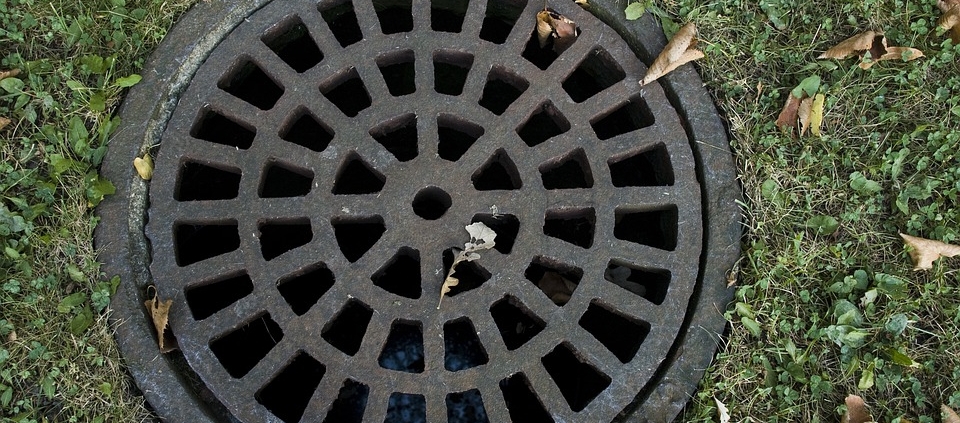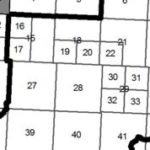Storm Water Permitting
Storm water regulations go you down?
Feeling overwhelmed by all of the MPDES and SWPPP related paperwork?
You are not alone!
WET was recently asked by Montana Department of Environmental Quality (MDEQ) staff to participate in a stakeholders meeting for the renewal process of the Montana General Permit for Storm Water Discharges Associated with Construction Activity. At the meeting, WET and several other stakeholders were asked how the permit could be improved.
For those unfamiliar with the Montana Pollutant Discharge Elimination System (MPDES), here is a quick review:
- If construction activities disturb more than one-acre, permit coverage must be obtained. The permit submittal package includes a Notice of Intent (NOI), Storm Water Pollution Prevention Plan (SWPPP), and the appropriate fee (based on project size).
- A SWPPP requires that all possible on-site pollutants be identified. Pollutants can include petroleum products, concrete washout, or sediment – That’s right sediment, also known as soil, mud, debris… (You know, the stuff that never wants to stay on site?).
- If your site has any of these pollutants, a Best Management Practice (BMP) must be implemented to prevent it from leaving the site. A BMP can be as simple as a vegetative buffer to a more complicated silt fence or rock check dam.
- Inspections must be conducted to ensure that BMPs are functioning correctly and to complete any required maintenance. Which is usually an invitation for a certain four-legged animal to take your silt fence completely out after you leave. Only in Montana, right?
So now you are wondering how MDEQ is going to make this process easier for us. MDEQ’s Lead Compliance Inspector, Chris Romankiewicz, was present to take feedback on permit issues. Many of the stakeholders asked that the permit be simplified as much as possible and to reduce the number of total pages. Chris’s response was to provide more checklists and reduce the about of required narrative text. This was well-received by everyone in attendance.
Identifying potential on-site pollutants can be difficult for companies new to the permitting process. MDEQ is hoping to remove some of the mystery by providing a list of typical substances and sources of common pollutants. A rule of thumb is if it has any chance of adversely affecting a state water, it is considered a pollutant.
MDEQ will be providing a list of recommended BMPs in the new permit as well. While MDEQ cannot specify which BMP to use in each situation, the list will provide a convenient reference for SWPPP preparers and contractors in the field.
MDEQ also introduced a graph system that will allow the preparer to designate different BMPs for each phase of construction. Utilizing phasing in construction is one of the most powerful tools to ensure compliance. As an example, concrete washout won’t be used if it is not installed before concrete is poured. BMPs should be provided prior to a pollutant being introduced, not later as a Band-Aid.
While some parts of the permit must remain unchanged to comply with Environmental Protection Agency’s (EPA) rules, overall the changes discussed would be a welcome improvement. WET is excited for the new permit release in 2017, and was pleased to be chosen as one of the initial stakeholders for the renewal process.
WET has always strived to maintain a positive working relationship with state and county regulators, and our staff works hard to keep permit requirements from postponing construction schedules for our clients. WET takes a practical approach to storm water management on construction sites, and our permitting staff has strong experience with both SWPPP preparation and BMP installation and maintenance. Please don’t hesitate to contact us for any of your permitting needs.




